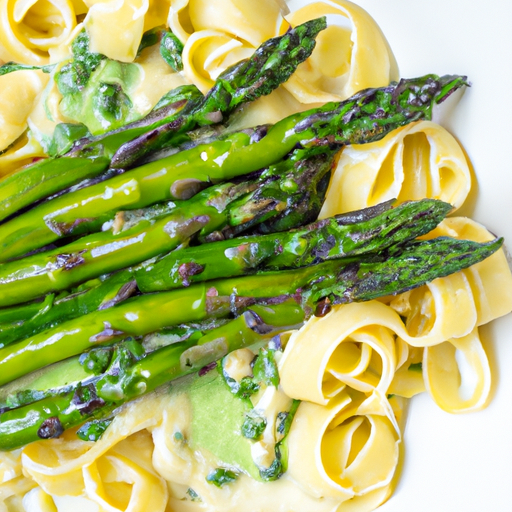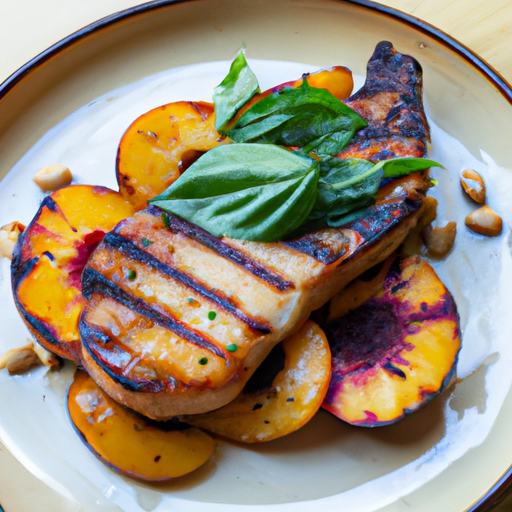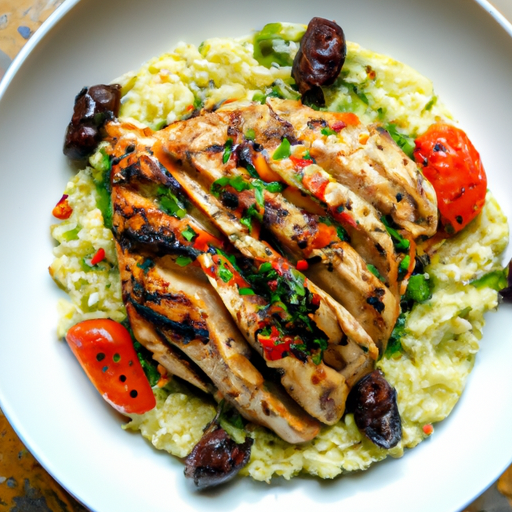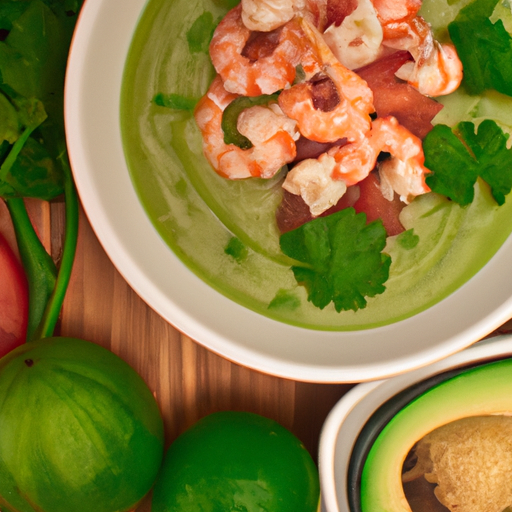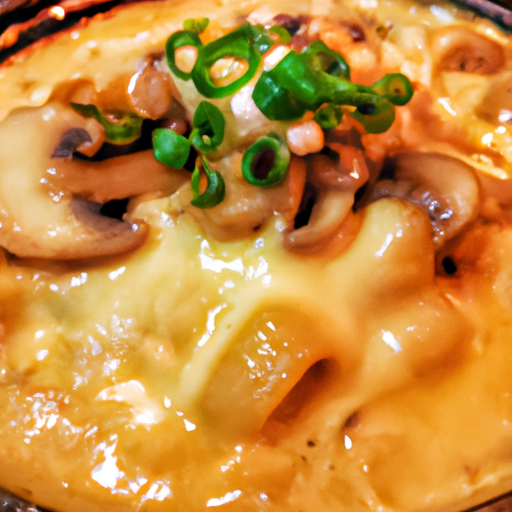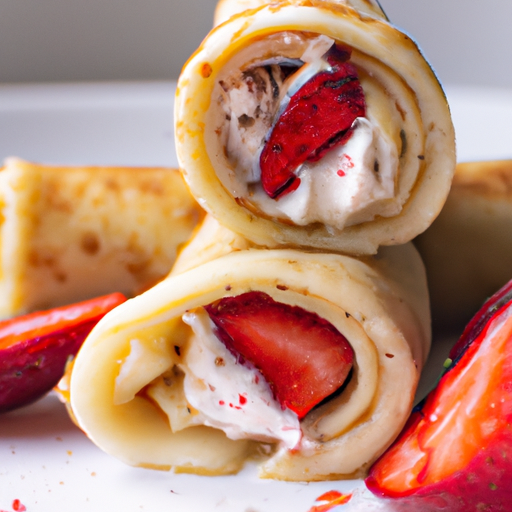Creamy Asparagus, Herb, and Pea Pasta
Creamy asparagus, herb, and pea pasta is a delectable dish that brings together the freshness of asparagus and peas with the richness of a creamy sauce.
An exploration of the history and origins of this culinary creation is provided, along with detailed information about its ingredients and instructions for preparation.
Furthermore, helpful cooking tips on blanching are shared to enrich the texture and flavor of the dish.
By following these guidelines, readers will gain a complete understanding of how to make a delicious and satisfying meal.
History and Origins
The history and origins of creamy asparagus, herb, and pea pasta can be traced back to its incorporation of seasonal vegetables and traditional pasta-making techniques. Believed to have its roots in Italy, the abundance of fresh asparagus, herbs, and peas during springtime prompted the creation of this flavorful dish.
Asparagus has been cherished for its delicate flavor and colorful green hue for centuries. Italians have long been incorporating this adaptable vegetable into their cuisine, often in the form of creamy pasta dishes. Herbs like basil or parsley lend a refreshing aroma and add to the overall taste profile.
Peas play an essential role in this recipe. These small round legumes bring a gentle sweetness that pairs nicely with the creaminess of the sauce. The combination of these seasonal ingredients with traditional pasta-making techniques creates a delightful fusion that tantalizes the senses.
Ingredients for Creamy Asparagus, Herb, and Pea Pasta
-1/2 pound of penne pasta
-1 tablespoon of olive oil
-1/2 cup of diced onion
-2 cloves of minced garlic
-2 cups of fresh asparagus, cut into 1-inch pieces
-1 cup of frozen peas
-1/2 cup of reduced-sodium chicken broth
-1/2 cup of heavy cream
-1/4 cup of freshly grated Parmesan cheese
-1 teaspoon of fresh thyme leaves
-1 teaspoon of fresh oregano leaves
-Salt and pepper to taste
Instructions
To start the recipe, blanch fresh asparagus spears until they are tender-crisp and then sauté them with garlic and onions. This step brings out the natural flavors of the asparagus while adding a subtle hint of garlic and onion aromas. Once cooked, set aside the asparagus and begin to prepare the creamy herb and pea pasta sauce.
This sauce is made by blending together fresh herbs such as basil, parsley, and mint with peas, vegetable broth, and cream. This combination creates a velvety smooth texture which perfectly coats each strand of pasta. To complete the dish, toss the cooked pasta with the creamy sauce and top it off with the sautéed asparagus for an extra burst of freshness.
- Blanching ensures the asparagus holds its vibrant green color.
- Sauteing lends depth of flavor to the garlic and onions.
- Blending fresh herbs heightens their aroma and taste in the sauce.
- Combining peas, vegetable broth, and cream produces a luscious consistency for coating the pasta.
Cooking Tips: Blanching
Blanching is a culinary method that helps keep the vibrant color and texture of vegetables intact. It involves immersing the vegetables in boiling water for a short period, then quickly cooling them in ice water to stop the cooking process. This not only keeps the vegetables visually appealing, but also helps maintain their nutritional value.
The following steps explain the basic procedure of blanching:
| Step | Description |
|---|---|
| 1 | Boil a large pot of salted water. |
| 2 | Fill a bowl with cold water and ice cubes to prepare an ice bath. |
| 3 | Place the vegetables in the boiling water for a brief period, usually around 1-3 minutes, depending on their size. |
| 4 | Get the blanched vegetables out of the boiling water with a slotted spoon or tongs and move them to the ice bath to cool them rapidly and stop any further cooking. |
| 5 | Drain the vegetables before using or storing. |
Final Thoughts
Finally, blanching is a beneficial technique for preserving the color, texture, and nutritional value of vegetables.
Through blanching, vegetables such as asparagus and peas can be cooked in boiling water for a short time before being immediately transferred to an ice bath. This method helps to keep the vegetables’ vibrant green hue and prevents them from becoming mushy or losing their crispness.
Furthermore, blanching inactivates enzymes that can cause discoloration and deterioration, thus preserving the vegetables’ visual appeal.
Additionally, blanching helps to maintain the nutritional content of the vegetables by minimizing nutrient loss during cooking.
For a tasty and healthy meal, incorporating blanched vegetables into dishes such as creamy asparagus, herb, and pea pasta is an excellent choice.
Frequently Asked Questions
Can I Use Frozen Asparagus and Peas Instead of Fresh Vegetables?
The use of frozen asparagus and peas instead of fresh vegetables in a recipe depends on personal preference. However, it is important to note that frozen vegetables may have a slightly different texture and flavor compared to their fresh counterparts.
What Can I Substitute for the Cream in This Recipe to Make It Dairy-Free?
To make the Creamy Asparagus, Herb, and Pea Pasta recipe dairy-free, a suitable substitute for cream can be used. This substitution should mimic the creamy texture and richness of cream while being free from dairy products.
How Can I Make This Recipe Gluten-Free?
To make this recipe gluten-free, one can substitute regular pasta with gluten-free pasta options available in the market. The use of alternative grains such as rice, corn, quinoa, or legume-based pastas can provide a suitable replacement for individuals following a gluten-free diet.
Can I Add Protein to This Dish, Such as Grilled Chicken or Shrimp?
Adding protein to a dish, such as grilled chicken or shrimp, can enhance its nutritional value and provide additional flavor. This addition may complement the flavors of the creamy asparagus, herb, and pea pasta while adding variety to the meal.
How Long Does This Pasta Dish Last in the Refrigerator?
The duration for which a pasta dish can be stored in the refrigerator depends on several factors, including the ingredients used, proper storage techniques, and food safety guidelines.
